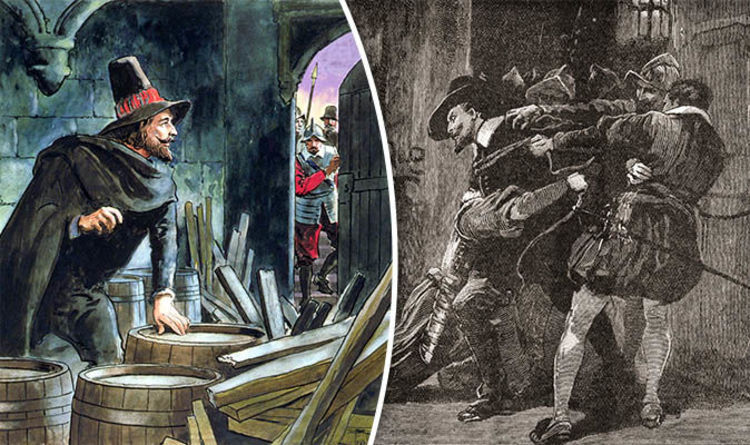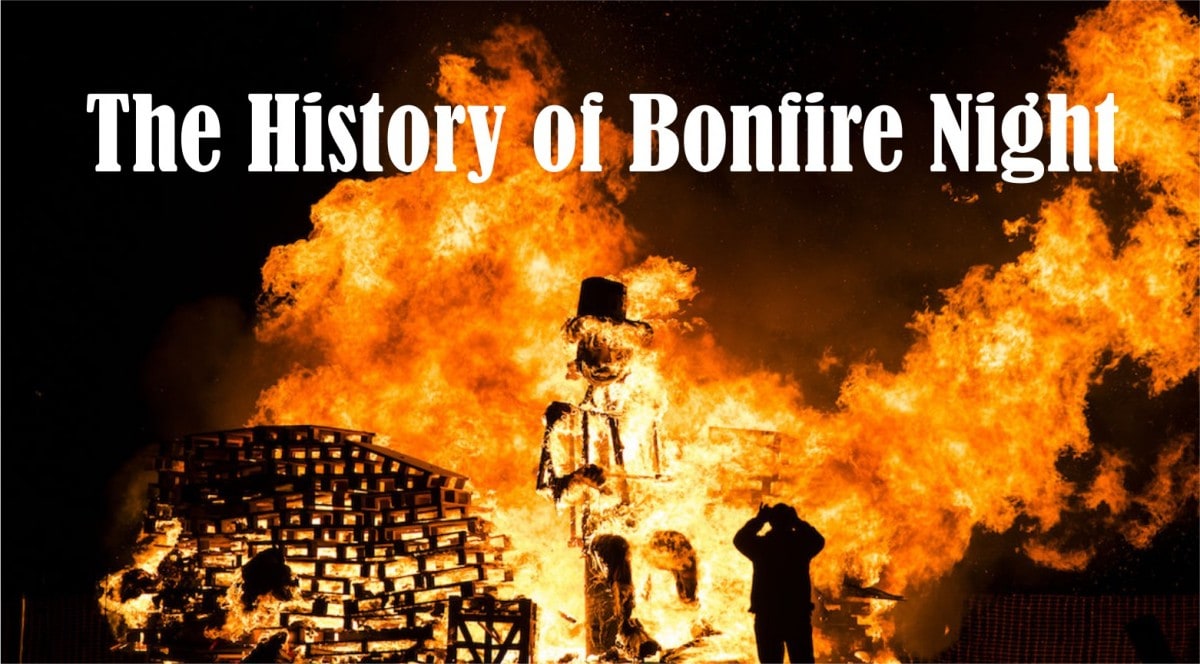Guy Fawkes Night, also known as Bonfire Night is an annual event held on the 5th November, all over the United Kingdom when people are lighting bonfires and enjoying fireworks. Its history begins with the events of 5th November 1605 when Guy Fawkes, Britain’s most notorious traitor, a member of the Gunpowder Plot, was arrested while guarding 36 barrels of high explosive gunpowder buried deep in the depths of the Houses of Parliament.

The reason Guy Fawkes and his group’s plan came to light was, they realised innocent people would be hurt or killed in the attack, including some people who fought for more rights for Catholics. One of the group members sent an anonymous letter warning his friend, Lord Monteagle, telling him to stay away from the Parliament on November 5th. The warning letter reached the King, and the King’s forces made plans to stop the conspirators.
On Bonfire Night we are celebrating the fact that King James I had survived the attempt on his life.
The Gunpowder Plot was about religion. England was a Protestant country, and the plotters were Catholic. It was a failed assassination attempt, against King James I and his government by a group of provincial English Catholics.
The group wanted to return England to the Catholic faith. They thought they could do this by killing King James I and his ministers.
Traditions of Bonfire Night
There are many delights that are associated with Bonfire Night. Toffee apples, treacle toffee, black peas and parkin, and even the jacket potato, are traditionally eaten around Guy Fawkes Night. Also, some families eat soups to warm up on a cold night and toast marshmallows over the fire.

Many people also spend time to create their own Guy which will be placed on the top of the bonfire to be burnt during the celebrations. It also symbolises the starts of fireworks.
Bonfire Night is an exciting family orientated event which should be enjoyed so please be safe, enjoy your bonfire night and fireworks!
